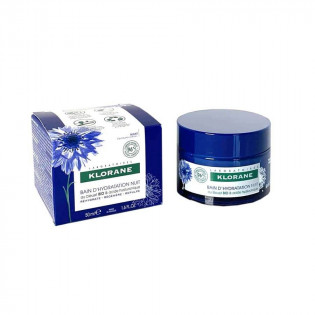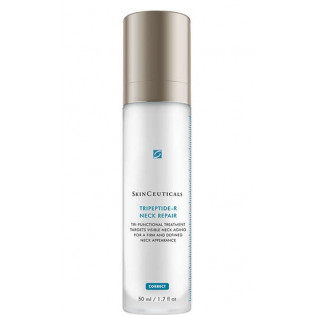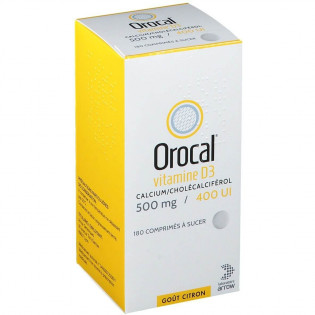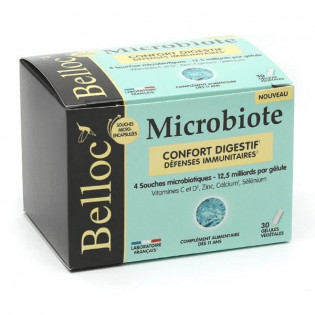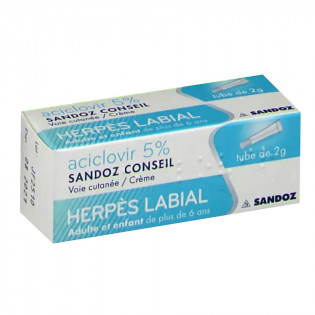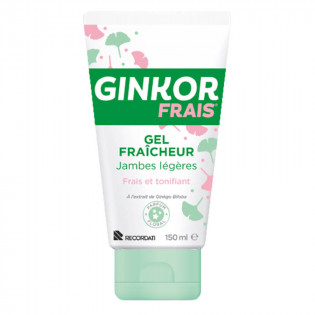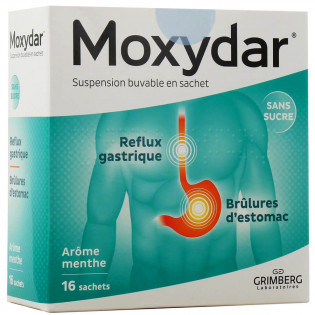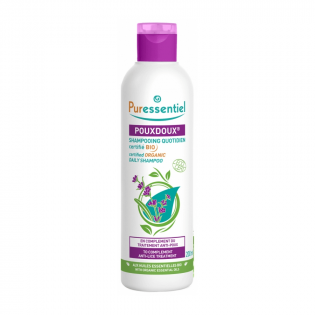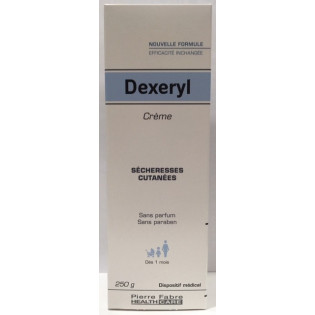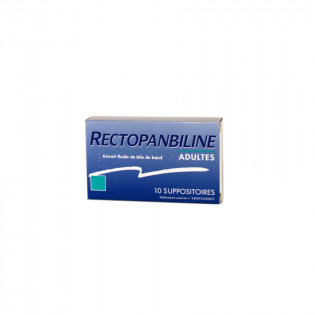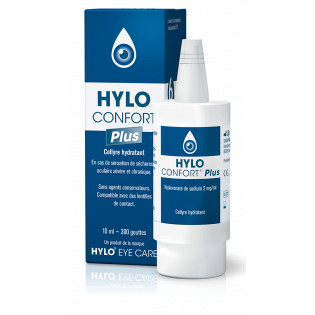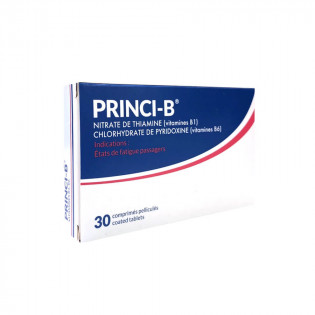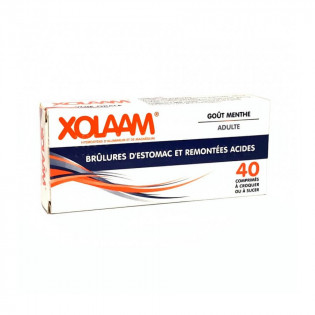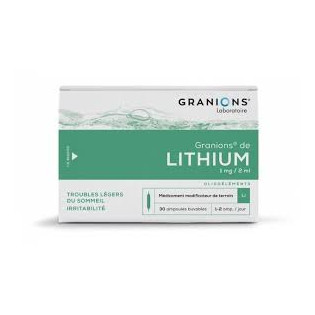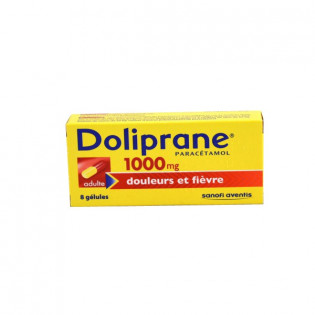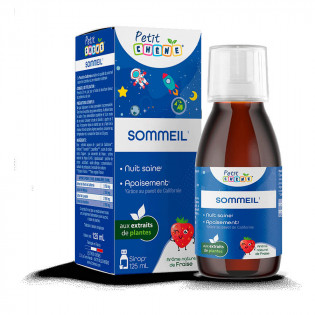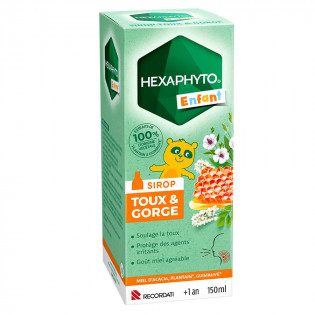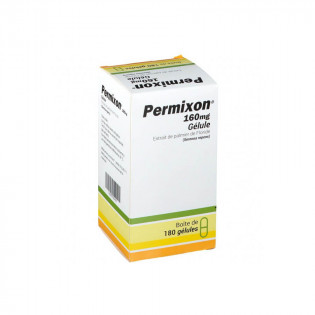Name of the medicinal product
VOLTARENPLAST 1%, medicated plaster
Diclofenac sodium
Boxed
Please read this leaflet carefully before using this medicine. It contains important information for your treatment.
If you have any further questions, ask your doctor or pharmacist for more information.
Keep this leaflet as you may need to read it again.
If you need more information and advice, ask your pharmacist.
If symptoms worsen or persist after 3 days, consult a doctor.
If you notice any side effects not mentioned in this leaflet, or if any of the effects mentioned worsen, please tell your doctor or pharmacist.
Leaflet summary
In this leaflet :
1. What is VOLTARENPLAST 1% medicated plaster and what is it used for?
2. What do I need to know before using VOLTARENPLAST 1% medicated plaster?
3. How do I use VOLTARENPLAST 1% medicated plaster?
4. What are the possible side effects?
5. How should I use VOLTARENPLAST 1% medicated plaster?
6. Further information.
1. WHAT IS VOLTARENPLAST 1% medicated plaster and WHEN IS IT USED? 
Pharmacotherapeutic class
VOLTARENPLAST is a medicine which relieves pain. It belongs to the class of non-steroidal anti-inflammatory drugs (NSAIDs).
Therapeutic indications
VOLTARENPLAST is used in the short-term local treatment of painful minor trauma: sprains, strains or bruises.
For cutaneous application only.
2. WHAT DO YOU NEED TO KNOW BEFORE USING VOLTARENPLAST 1% medicated plaster? 
List of information required before taking the medicine
Not applicable.
Contraindications
Never use VOLTARENPLAST 1% medicated plaster:
-ifyou are allergic (hypersensitive) to diclofenac, propylene glycol, butylated hydroxytoluene or any of the other components contained in VOLTARENPLAST,
ifyou are allergic (hypersensitive) to other non-steroidal anti-inflammatory drugs (NSAIDs), such as acetylsalicylic acid or ibuprofen,
ifyou have a history of asthma, skin reaction or swelling inside your nose causing irritation from acetylsalicylic acid or other NSAIDs
ifyou have an active gastrointestinal ulcer,
onany type of skin wound (e.g., abrasions, cuts, burns), exudative dermatitis, infected skin lesions or eczema,
duringthe last three months of pregnancy,
inchildren and adolescents under 16 years of age.
Precautions for use; special warnings
Take special care with VOLTARENPLAST 1%, medicated plaster:
If you have or have had asthma or allergies, the use of this medicine may cause spasm of the bronchial muscles (bronchospasm), which may cause difficulty in breathing.
Theappearance of a skin rash after application requires immediate discontinuation of treatment.
Incase of renal, cardiac or hepatic disease, in case of a history of gastrointestinal ulcers, in case of inflammatory intestinal disease or digestive bleeding.
The occurrence of adverse effects can be minimized by using the lowest possible dose for the shortest possible duration of treatment necessary to relieve symptoms.
IMPORTANT PRECAUTIONS
If symptoms persist for more than 3 days, a doctor should be consulted.
Never apply the plaster to the eyes or mucous membranes and avoid contact with the eyes and mucous membranes.
VOLTARENPLAST should be applied to intact, healthy skin and should not be applied to wounds or open wounds.
Do not use the plaster under an occlusive dressing.
VOLTARENPLAST should be used with caution in elderly patients, who are more prone to adverse reactions.
After removal of the plaster, avoid exposure of the treated area to sunlight (sun or UV booths) for approximately one day to reduce any risk of photosensitivity.
Do not use any medication containing diclofenac or other NSAIDs, either orally or topically, at the same time.
Interactions with other drugs
Taking or using other medications
Please tell your doctor or pharmacist if you are taking or have recently taken any other medicines, including medicines obtained without a prescription.
Under normal conditions of use of VOLTARENPLAST, the amount of diclofenac passing into the bloodstream is very small, so the interactions described for oral diclofenac are unlikely.
Interactions with food and beverages
Not applicable.
Interactions with herbal products or alternative therapies
Not applicable.
Use during pregnancy and lactation
Pregnancy and Lactation
Although rare, abnormalities have been reported in infants whose mothers took NSAIDs during pregnancy. During the first 6 months of pregnancy, VOLTARENPLAST should only be used on the advice of your doctor.
During the last three months of pregnancy, VOLTARENPLAST should not be used under any circumstances because of the risk of increased serious consequences for mother and child (see "Never use VOLTARENPLAST 1% medicated plaster").
Diclofenac is excreted in very small amounts in breast milk. Since no adverse effects have been observed in infants, it is generally not necessary to discontinue nursing during short-term use. VOLTARENPLAST should never be applied directly to the breast.
Ask your doctor or pharmacist for advice before taking any medication.
Fertility
The use of VOLTARENPLAST is not recommended for women wishing to conceive a child, having difficulties in conceiving a child or being investigated for a cause of infertility.
Athletes
Not applicable.
Effects on ability to drive and use machines
Driving and Use of Machinery
No or only a negligible effect of VOLTARENPLAST on the ability to drive and use machines is expected.
List of excipients with a known effect
Important information about some ingredients of VOLTARENPLAST 1% medicated plaster
This medicine contains propylene glycol (E1520) and may cause skin irritation.
This medicine contains butylated hydroxytoluene (E321) and may cause local skin reactions (e.g. eczema) or irritation of the eyes and mucous membranes.
3. HOW TO USE VOLTARENPLAST 1% medicated plaster? 
Instructions for proper use
Not applicable.
Dosage, method and/or route of administration, frequency of administration and duration of treatment
Dosage
Always follow the dosage prescribed by your doctor or described in this leaflet for the use of VOLTARENPLAST.
If in doubt, consult your doctor or pharmacist.
The usual dose is :
Adults
Apply a pain relieving plaster to the painful area twice a day (morning and evening). The maximum total dose that can be used is two plasters per day, even if there is more than one injury to treat. Do not treat more than one painful area at a time.
Children and adolescents under 16 years of age
Due to the lack of specific studies, VOLTARENPLAST 1% medicated plaster should not be used in children and adolescents under the age of 16 years.
Geriatrics
This drug should be used with caution in elderly patients who are more susceptible to adverse reactions.
Patients with impaired renal or hepatic function
This drug should be used with caution in patients with hepatic or renal impairment.
Method of administration
To be used only when applied to intact and healthy skin. For application to the skin only. Do not apply when bathing or showering. Do not ingest!
1. Open the bag containing the plaster, cutting along the dotted line.

2. Take out a plaster and close the bag carefully by pressing the closure.

3. Remove the protective film from the adhesive surface of the plaster.

4. Then apply the plaster to the painful area.

If necessary, hold the plaster in place with an elastic bandage.
Never cover the plaster with an airtight (occlusive) dressing.
Never cut the plaster.
After using the plaster, fold it in half with the adhesive side facing inwards.
Duration of treatment
Based on the limited data available, a short course of treatment is recommended.
Never use VOLTARENPLAST for more than three days without consulting your doctor. There is no therapeutic benefit if you use VOLTARENPLAST for more than 7 days.
In adolescents over 16 years of age and adults, if use for more than 7 days is required for pain relief or if symptoms worsen, parents of adolescents/patients are advised to consult a physician.
If you feel that the effect of VOLTARENPLAST is too strong or too weak, consult your doctor or pharmacist.
Symptoms and instructions in case of overdose
If you have used more VOLTARENPLAST 1% medicated plaster than you should have:
Consult your doctor if any clear side effects occur after incorrect use of VOLTARENPLAST or after accidental overdose (e.g. in children). Your doctor will tell you what action to take, depending on the severity of the intoxication.
Instructions in case of missed dose(s)
If you forget to use VOLTARENPLAST 1%, medicated plaster :
Do not take a double dose to make up for the dose you forgot to take.
Risk of withdrawal syndrome
Not applicable.
If you have any further questions about the use of this medicine, ask your doctor or pharmacist for more information.
4. WHAT ARE THE POSSIBLE SIDE EFFECTS? 
Description of side effects
Like all medicines, VOLTARENPLAST 1% medicated plaster is likely to have side effects, although not everyone is susceptible.
By convention, the frequency of adverse reactions is classified as follows:
Very common: affecting more than 1 in 10 treated patients
Common: affecting 1 to 10 out of every 100 treated patients
Uncommon: affecting 1 to 10 treated patients in 1,000
Rare: 1 to 10 treated patients in 10,000
Very rare: affects less than 1 in 10,000 patients treated
Unknown frequency: frequency cannot be assessed with available data.
Consult your doctor immediately and stop using the plaster if you experience any of the following: sudden itchy rash (hives), swelling of the hands, feet, ankles, face, lips, mouth or throat; difficulty breathing; decrease in blood pressure or fatigue.
Possible adverse reactions include:
Common: skin reactions at the application site, skin redness, eczema, inflammatory skin redness (including contact and allergic dermatitis), skin swelling, itching and burning,
Uncommon: generalized skin redness, hypersensitivity reaction (including urticaria), swelling of the skin and mucous membranes, and generalized allergic reactions.
Rare: blisters, dry skin.
Very rare: asthma attack, severe eczema, skin lesion with pustules, skin lesion with ulcerations and skin sensitivity to light.
Unknown frequency: Hematoma at the application site.
After dermal application, the absorption of diclofenac into the blood and the level of diclofenac in the blood are also extremely low, compared to the blood levels that are achieved after oral administration of diclofenac. The risk of systemic adverse events (e.g., gastrointestinal, liver, kidney, or breathing problems) is therefore very low after dermal application compared to the incidence of adverse events associated with oral diclofenac. If diclofenac is used over a large area of the skin or for a prolonged period of time, systemic adverse reactions may occur.
If you notice any side effects not listed in this leaflet, or if any side effects become serious, please tell your doctor or pharmacist.
5. HOW TO USE VOLTARENPLAST 1% medicated plaster 
Keep this medicine out of the sight and reach of children.
Expiry date
Do not use this medicine after the expiry date stated on the box or bottle after EXP.
The expiry date refers to the last day of that month.
Storage conditions
Store at a temperature not exceeding 25ºC.
Store in the original outer packaging, protected from drying out and light.
Keep the sachet tightly closed to prevent drying out.
The medicine can be stored for 4 months after opening the sachet.
If necessary, warnings against certain visible signs of deterioration
Do not dispose of any medication in the sewer or in your household waste. Ask your pharmacist to dispose of any medication you no longer use. This will help protect the environment.
6. ADDITIONAL INFORMATION 
Full list of active ingredients and excipients
What does VOLTARENPLAST 1% medicated plaster contain?
The active substance is :
Diclofenac sodium ........................................................................................................................... 140 mg
For one medicated plaster.
The other components are:
Glycerol, propylene glycol (E1520), di-isopropyl adipate, liquid crystallizable sorbitol (E420), sodium carmellose, sodium polyacrylate, basic copolymer of butyl methacrylate, disodium edetate, anhydrous sodium sulphite (E221), butylated hydroxytoluene (E321), potassium aluminium sulphate, anhydrous colloidal silica, light kaolin (natural), macrogol lauric ether, levomenthol, tartaric acid, purified water.
Pharmaceutical form and content
What is VOLTARENPLAST 1% medicated plaster and what does it contain?
VOLTARENPLAST is a plaster measuring 10 cm by 14 cm, with a uniform layer of white to light brown paste on a non-woven backing and a removable protective film.
Boxes of 2, 5, 10 or 14 plasters, in resealable bags containing 2 or 5 plasters.
All presentations may not be marketed.
Name and address of the marketing authorisation holder and of the manufacturing authorisation holder responsible for batch release, if different
Holder
NOVARTIS SANTE FAMILIALE SAS
14, BOULEVARD RICHELIEU
92500 RUEIL-MALMAISON
Operator
NOVARTIS SANTE FAMILIALE SAS
14, BOULEVARD RICHELIEU
92500 RUEIL-MALMAISON
Manufacturer
MERCKLE GMBH
LUDWIG-MERCKLE-STRASSE 3
89143 BLAUBEUREN
GERMANY
or
TEVA OPERATIONS POLAND SP Z.O.O.
UL. mogimska 80
31-546 krakow
POLAND
or
SOFARIMEX-INDUSTRIA QUIMICA E FARMACEUTICA SA
AV. DAS INDUSTRIAS
ALTO DE COLARIDE/ALGUALVA
2735-213 CACEM
PORTUGAL
or
MEPHA PHARMA GMBH
MARIE-CURIE-STRASSE 8 - ROOM 1.28
79539 LÖRRACH
Germany
or
novartis sante familiale sas
14 boulevard richelieu
92500 rueil-malmaison
France
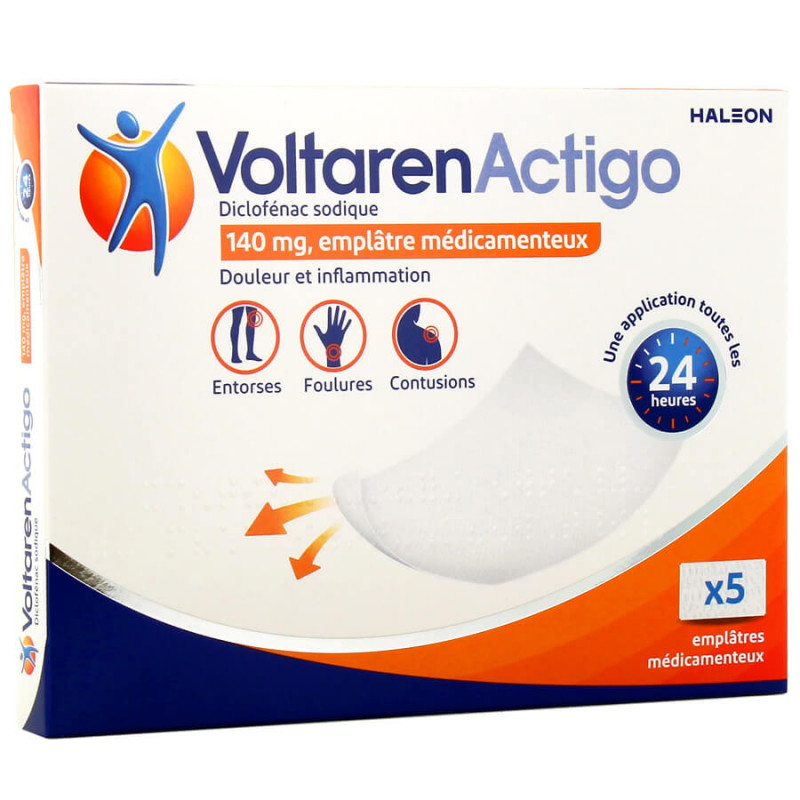
 Français
Français English
English
